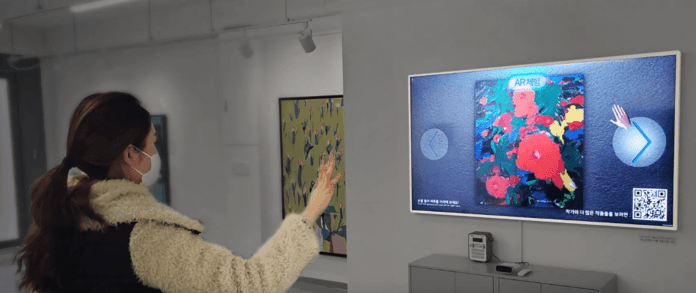The notorious, infectious virus COVID-19 has changed many parts of people’s lives. People would have to keep themselves behind the doors unless they are either masked or vaccinated to leave the house. One of the outdoor activities that are limited by this virus spread is shopping.
As lockdowns settled as the new normal, people who used to make weekly visits to malls for new arrivals or spontaneous shopping sprees now avoid leaving their homes. Trying out some items of clothing that you would not be able to afford, just for fun, is currently not possible due to the risk of being exposed to the virus.
The new normal, however, highlighted and promoted some alternative options to offline shopping: online shopping. Many reports showed a surge in e-commerce and digital transformation in the retail industry across the globe. According to Statista, the number of worldwide visits to e-commerce websites spiked from 14 billion in January 2019 to 22 billion in June 2020.
As more people started to shop online, the volume of package delivery also increased significantly. For example, a shipping carrier named Convey Inc., which had more than 130 retail clients as of April 2020, reported that its package volume surged almost by 60 per cent since the outbreak of the virus. With the shipping orders being maxed out, some shoppers had to wait weeks and months even for nonessential goods.
Despite the unexpected boom in the retail industry, online shopping has not been the complete, perfect alternative to offline shopping. Shopping on the internet, consumers cannot try out the products, for example, clothing, or confirm the quality of the products with their bare eyes.
Some retailers have adopted emerging technical tools, such as augmented reality (AR), to complement such needs of consumers. With the use of AR, these retailers say that it can replace the experience of in-store shopping — almost.
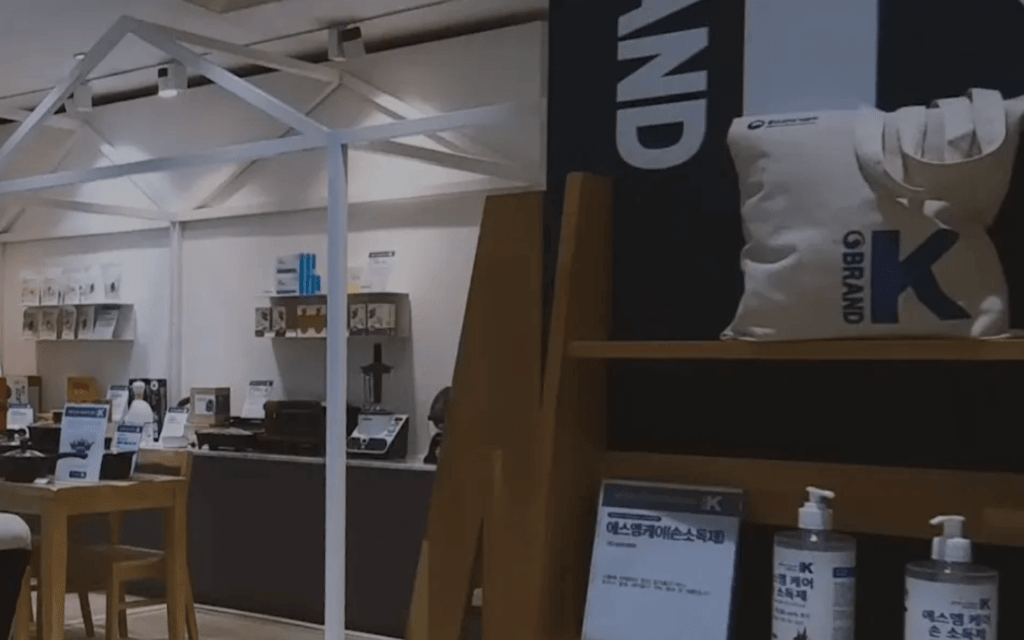
AR in Shopping
AR can be simply defined as an artificially recreated version of the real, physical world. AR is achieved by using digital, visual, sound, and other elements powered by technology. One of its biggest goals is to highlight some characteristics of the real world, like visual environments or sounds. This enables users to experience those features and derive insight that can be applied to real-world applications.
Its introduction in the retail industry can be traced back to the early 2010s when some retailers started to adopt it for e-commerce websites and apps. Companies such as Lowe, Facebook, and GS25 are some of the frontiers in applying this technology in their retail business.
What can consumers expect from e-commerce malls that are powered by AR, then?
First, on AR-powred malls, consumers can browse through the offline shelves as if they would do in real-world stores.
For example, Lowe, an International retail chain, introduced the Lowe Vision Navigation app that overlays turn-by-turn directions from a shopper’s point of view. Shoppers can be directed to the items they wish to buy in a virtual shopping mall, provided with the information of those items. Items can be also purchased at the spot.
Also, with AR, consumers can try on the items they did not buy yet as well. For instance, they could use AR to install real-size furniture from a store in their actual rooms and see how they will fit with other decorations and furniture. Consumers will also be able to try out wearable products, items of clothing and makeup, for instance, without visiting offline stores.
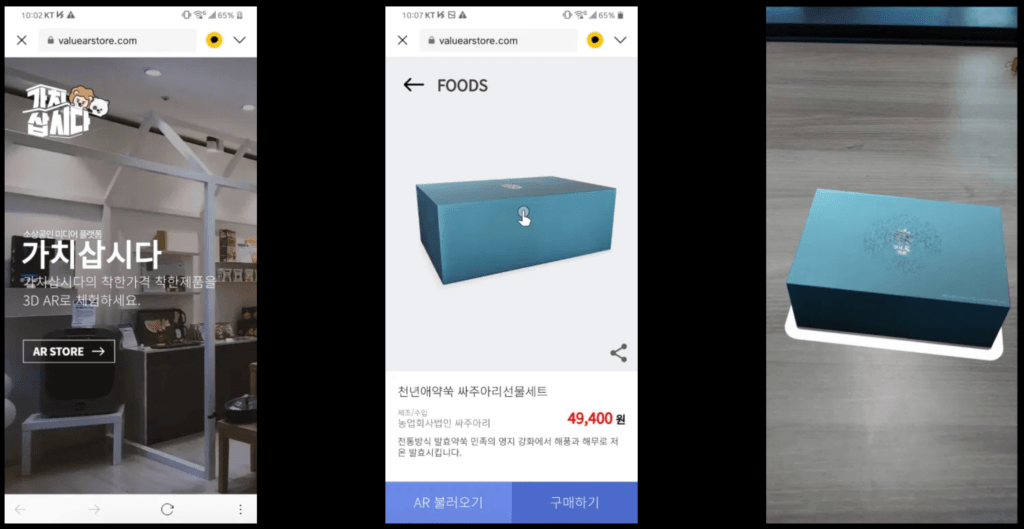
In August 2019, Facebook introduced an AR platform called ‘Spark AR’, where users can test wear makeup products and some of the fashion items, such as a hat. Famous cosmetics companies, including Clinique and Bourjois, also held public advertising campaigns on this platform, showcasing some of their best sellers and new arrivals.
Last March, a South Korea-based AR developer Popsline launched ‘Market AR’, a mall that sells products made by small and medium-sized retailers. Introduced as a smartphone app, users could see the products in three-dimensional digital images, rotatable in 360 degrees. They could also try positioning the products, such as furniture, at their own homes.
Not only consumers, but retail business owners can also expect some benefits from using AR.
For example, retailers could establish big data by reviewing the track history of what products consumers have considered to buy and gain insight into consumer’s decision-making processes and spending trends.
Also, AR can be a medium to train new hires or experienced employees. GS25, a chain of convenience stores in South Korea, created an AR educating programme on new products to educate managers of its convenience store branches.
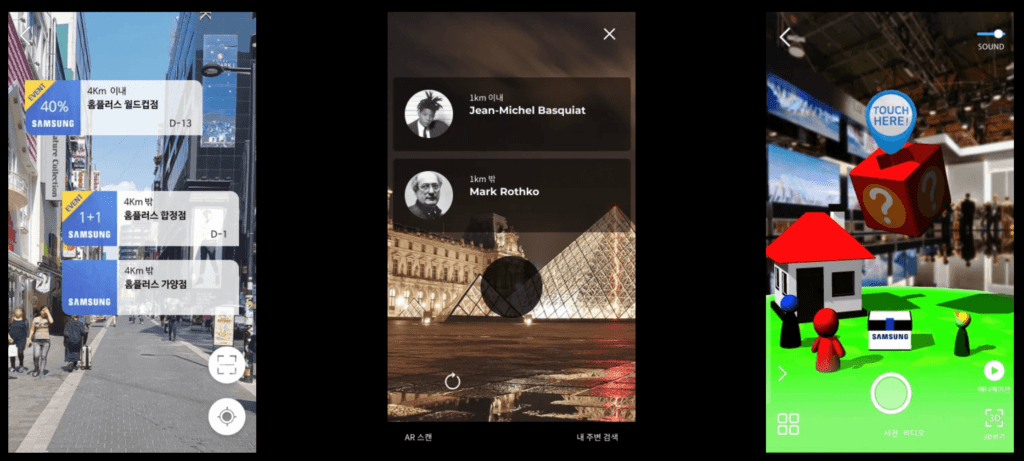
Smartphone App: Limited in Accessibility
Kim YD, CEO of Popsline and a former employee of Samsung Electronics, agrees that AR has been a fascinating tool to boost the retail business for the past few years. However, Kim admits that there are a few technical limitations in implementing AR on a large scale.
One of such limitations is that AR-powered online shopping malls are not as accessible as plain e-commerce websites because most of them are available only via smartphone apps.
“Some of the consumers may find AR-powered online shopping less convenient than online malls that are operated on the web,” Kim told 4i-mag.
“This is because the 3D AR service is often provided only via apps. Consumers would have to download a separate app to shop, which may come across as rather inconvenient,” he said.
“Consumers also worry about the amount of data they are supposed to use with those apps. These [concerns] can work as entry barriers for shoppers who want to try out the AR-powered malls.”
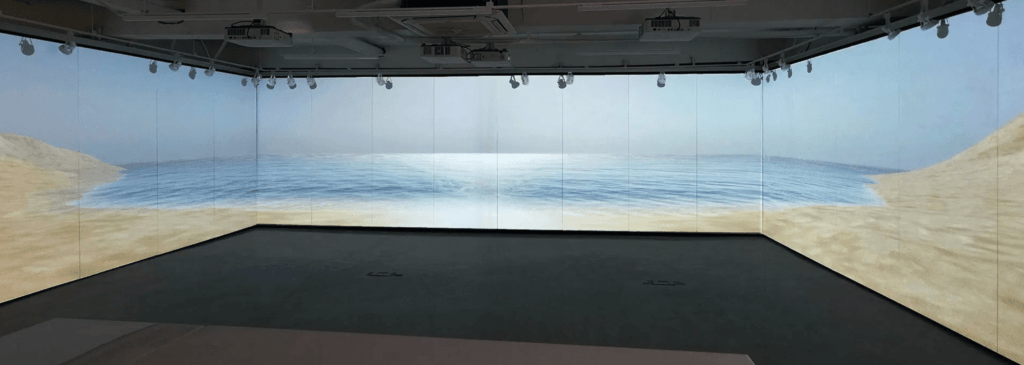
Easily Solved
Still, Kim says that this problem can be easily resolved by adapting the technology on websites directly, instead of creating secondary apps for 3D VR shopping.
For instance, his company Popsline recently worked with the Ministry of SMEs and Startups in South Korea to make a website called the ‘Value Virtual Reality Store’. This is where shoppers can look around the offline stores owned by the ministry, and check the items in stock in virtual reality (VR) and AR. On this website, more than 1,500 items will be available for AR displays. The mall also does not request consumers to download a separate app.
“This way, the mall will not be so data-heavy either, as the items will be registered in our independent server on Amazon Web Services, not the mall’s server,” Kim said.
Another problem is that there are not many professionals of AR in the field yet. Even information technology professionals often do not know how to utilise AR technology. This makes retailers hesitant in adopting it in the business.
“Sometimes, when adopting AR within the operating system, retail business owners are faced with the opposition from the information technology departments of their companies,” Kim said.
“Some IT workers less prefer this technology because they don’t know how to control it, even if it may bring some innovational benefits within the system.”

New Potentials for AR
Kim says that AR can be used not only in the retail industry but also in others, art, for instance.
His company Popsline launched an online AR art gallery ‘Gallery AR’ this month. The platform, serviced in five different languages, offers visitors to observe artworks of around 30 famous artists. The platform’s visitors can also read information about each work and artist just by clicking the left button of their mouses.
“Just like the retail business, sales of artworks used to be done offline via auctions, exhibitions, and art fairs, but its way has changed much since the virus became more widespread,” Kim said.
“Now our primary medium of exchange and sales is the internet. That’s why many foreign art collectors and artists are showing interest in our newest online art gallery — they see this as an opportunity to return to business as usual.”



